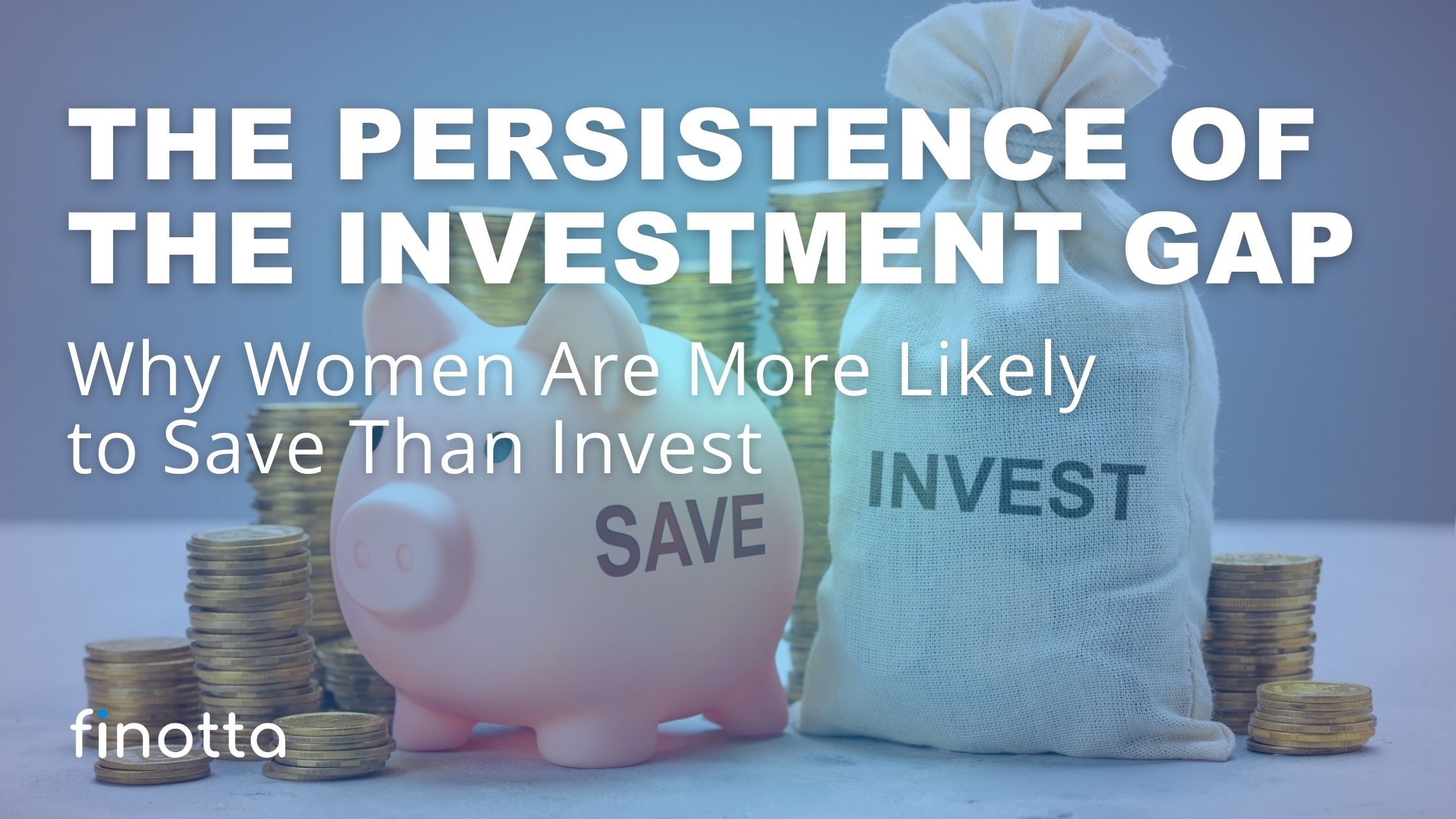Finotta
Jan 8
5 min read

